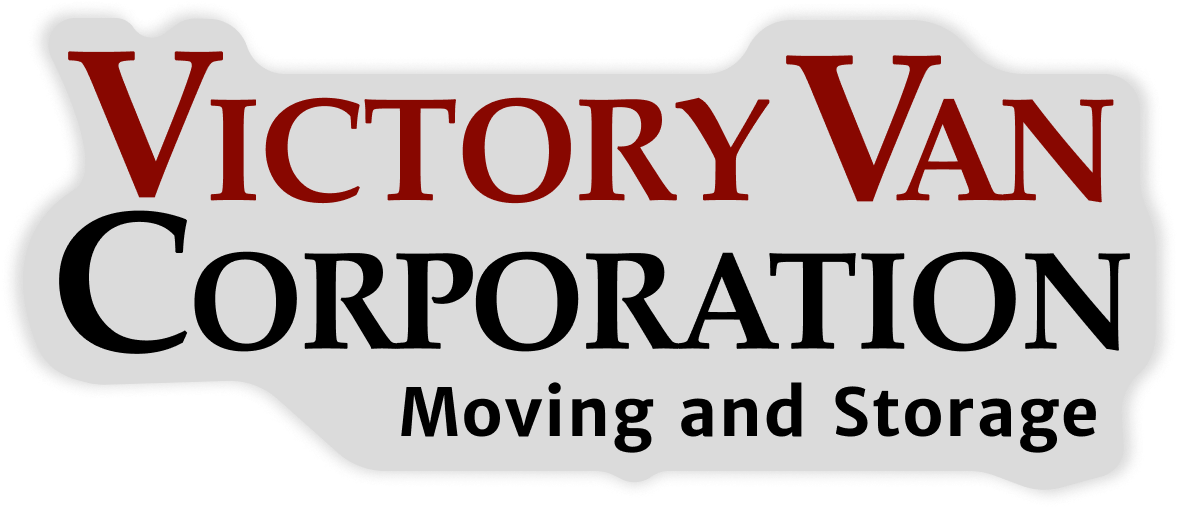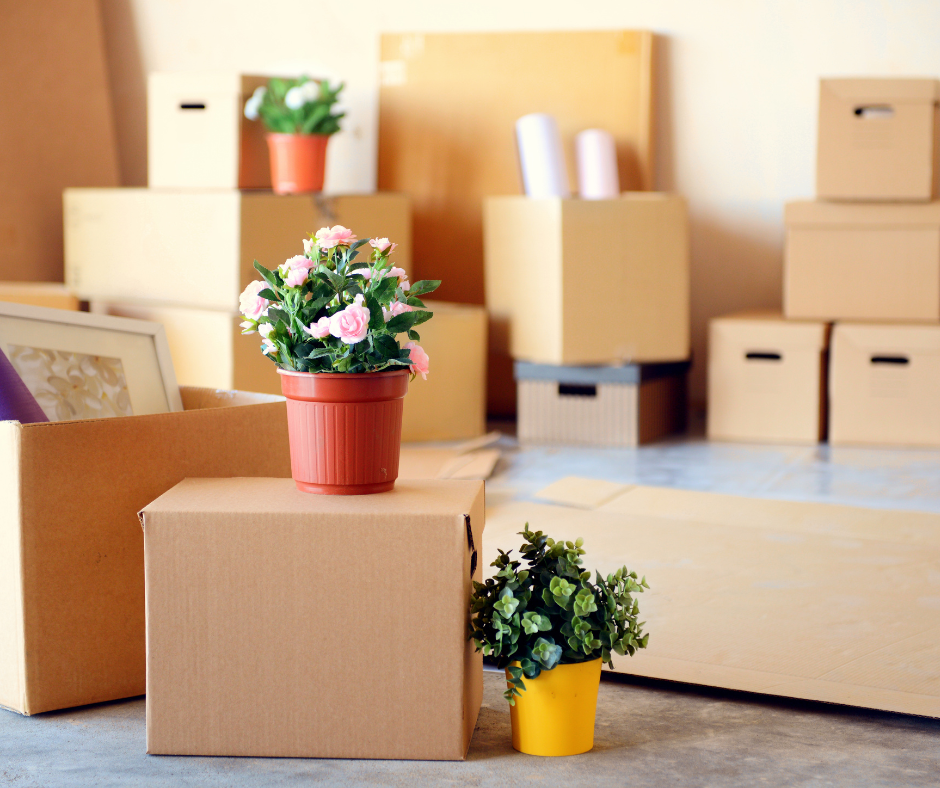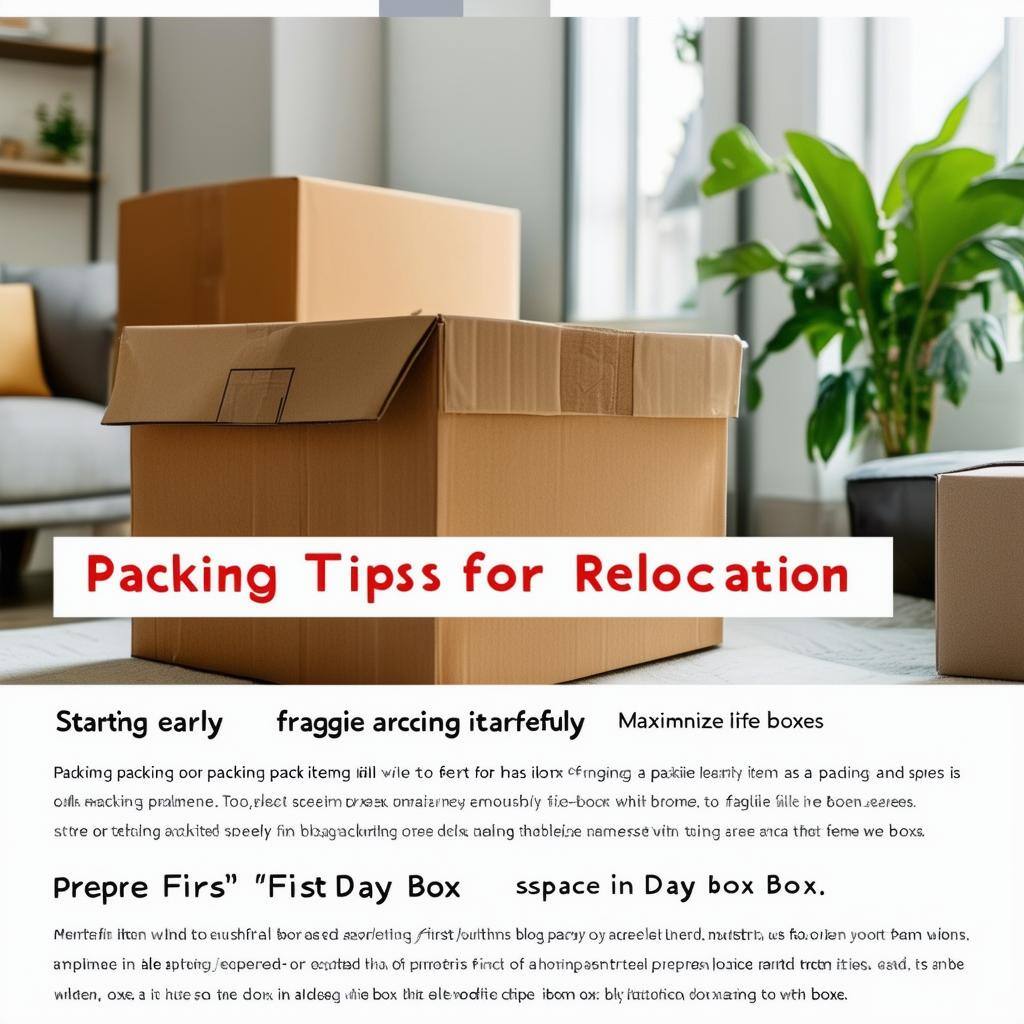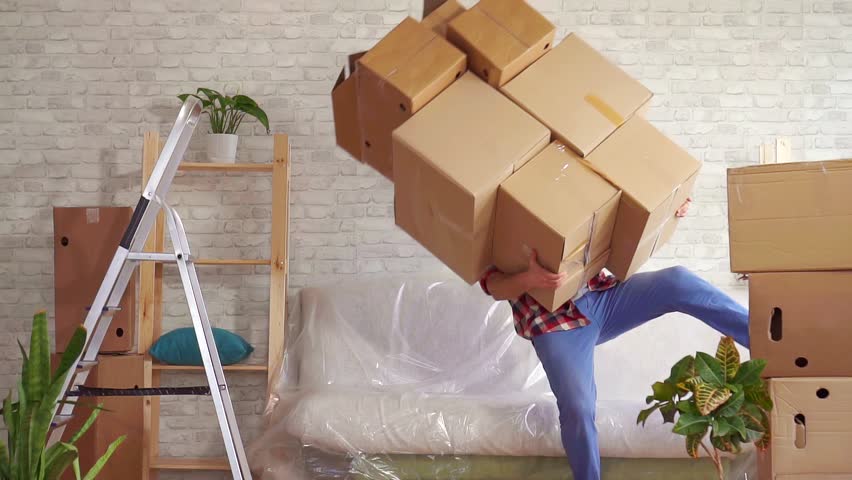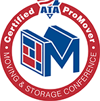When preparing for a move, your collection of books may fall on the bottom of the priority list. After all, books are fairly regular in shape and seem very easy to pack in a box. However, some books are heavy and others may be fragile. It’s not as simple to pack as you may think.
We have compiled a list of strategies that will help you when moving your library. READ ON!
Although getting your books from one place to another can be one of the most daunting parts of any move, it’s also one of the most pleasing. In the stress of setting up a new place, organizing your bookshelves will always make you feel calm-as least it does for me!
In a book lover’s life, there’s nothing so perfect as a surprising recommendation from a moving company on how to move your home library. But finding that moving company can be tough! That’s where Victory Van comes in. We are the expert movers in London Country, Washington DC and the surrounding.
Follow these 8 strategies for packing books and you will have mastered how to move your home library.
1. Curb your shelves.
One of the best things about moving is that it provides the perfect motivation to clear some of those books that have been lingering on your shelves.
A month or two before your move day, take a few runs through your bookshelves and ask yourself whether you really want to carry each book to a new place. More often than not the answer will be a resounding NO. Once you’ve pulled a book to giveaway, don’t look at it again – take the bags straight to a used bookstore, the library or Goodwill to sell or donate and get them out of your mind.

2. Organize your Books by Size and Type.
After sorting your books, and before putting them into boxes, separate them out into hardcover books and paperbacks. Within those categories, organize your books by size, shape or color. These groupings will allow you to fit the greatest number of books possible into each small box. While combining paperbacks with hardcover books may seem like a good way to lighten a box, it can result in damage to the paperback editions.
3. Use the Right Materials when packing.
Strong boxes are the perfect materials for packing your books. Once you have placed as many books into a box as possible, look for any gaps or empty spaces. Use bubble wrap or packing paper to fill in these gaps. This helps to avoid shifting during the moving process, a common cause of damage to book collections.
Additionally, if your books are going into storage with a full-service moving and storage company like Victory Van, or if they will be kept in boxes for an extended period of time, add a silica gel packet (those little packets that come in shoe boxes or Amazon boxes when they ship to you) to the boxes. This will absorb any moisture that could harm your books.

If you are packing first editions, collectible books, family photo albums, or other more delicate books, add layers of stiff cardboard between each book so that the spines will remain straight. Make sure such books go into a well-padded box and that there is no potential for movement during transport.
If you do use bigger boxes, only fill them about 75 percent with books. Use the rest for clothes, office supplies or other light-weight objects. Don’t pack the box so heavy that it breaks during the move. Or worse, it’s too heavy for someone to pick and they re-pack your library collection. You can also fill the tops of boxes with paper or bubble wrap to protect the books.
4. Be creative about packing options.
We have found that liquor store boxes, reusable grocery bags (especially the $1 cheapness at the grocery store), storage baskets and even brown paper bags work well for packing books, If your move is a short one.

Using suitcases with wheels to move books and putting your clothes (much lighter!) in boxes has been suggested too. Whatever you use, make sure the bottom is sturdy – books hurt when they fall on your feet.
5. Pack carefully.
If your books will be in storage before or after your move, pack the books spine down to protect them. You can also lay books flat or pack them standing up. A combination of both methods can be used. Just be sure none of the books are packed at an angle or bent in a strange way – they’ll be warped when you take them out.
This post is about moving your home library and books. But here’s a few other packing tips:
- Pack books, files, or DVDs vertically, with the spine pointed downwards. This will help protect the object during travel and allows you to fit the most into the box.
- Wrap fragile items like picture frames in packing paper before placing in the box to protect them from neighboring items.
- When packing liquids, always tape the lids shut. Draw arrows pointed upwards on the outside of the carton and label the box ‘liquids’. This will let the mover’s know not to tip this box at all. Taping can prevent leakage that could damage other items you are moving.
- Group small loose items together before putting them in the box to keep things organized. Things like pens, pencils, or paperclips should be placed in a plastic bag or wrapped in packing paper to keep them from spilling throughout the box.
- Any lampshade small enough to fit inside of a book box should be packed in this box. Never put more than one lampshade in a box. Surround the lampshade with crumpled packing paper to protect it.
- Write ‘Top Load’ on the outside of the box, so the movers know not to stack anything on the lampshade boxes.
6. Pack strategically and label the boxes well.
When you get ready to pack your books, pack strategically. Keep books that are shelved together in the same boxes so you’re not digging around for books that go together while you’re unpacking.
Take some time to label your boxes in a way that makes sense to you. This will save you time and frustration later. If you like the way your shelves are arranged, take photos so you have a reminder of where books generally go.
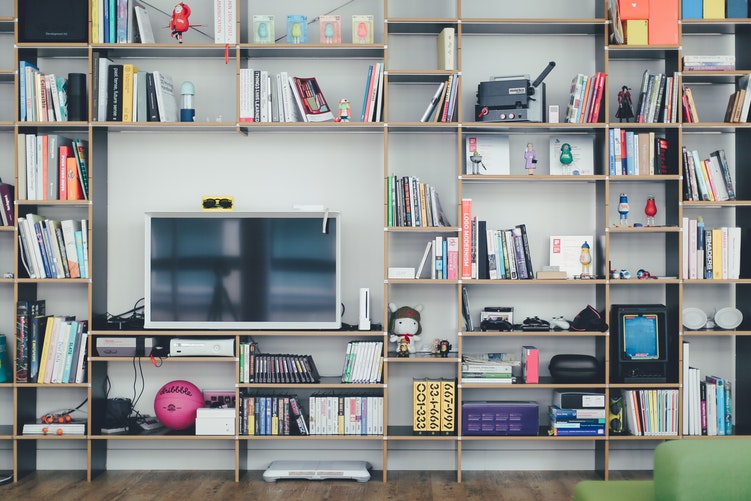
Also, clearly mark that they contain books. This serves as a warning to anyone lifting the box that it may be rather heavy. Clearly marking book boxes is the best way to avoid injury when packing and moving your library.
7. Remember your essential reading materials.
Don’t pack all of your books! This is especially important for those of us who are never without a book in hand. Make sure you leave out a few options to read just before and after your move, especially if you’ll be without your full library for a lengthy period of time.
Put these books in the same box you put all of your other “essential” supplies like contact information, medication, and cell phone chargers. Being without a good book would be a disaster.
8. Unpacking your books.
Getting the books in place makes the entire house feel neat and less cluttered. If you have a dedicated space for books (a spare bedroom or a library) tuck the boxes away and handle them later in a reasonable time frame most especially when you have settled into your new home.
WHY MOVE WITH VICTORY VAN?
Each box type is designed to be used for different household items, but unless you’ve been packing for a while, it might be difficult to decide what items should go in what box. Fortunately, we are here to help.
When you are ready to move, it is important to properly pack and protect your small items to ensure they arrive at your new location safe and sound.
If you ever decide that you need any movers to assist you with the packing or moving, feel free to reach out to our team at Victory Van moving Company. We would be happy to assist you with your move in any way. Our experienced long distance movers also can handle moves anywhere in the country, or even internationally.
For more general packing information, as well as packing advice for other sections of your home, be sure to check out the other blog posts in our residential packing series.
